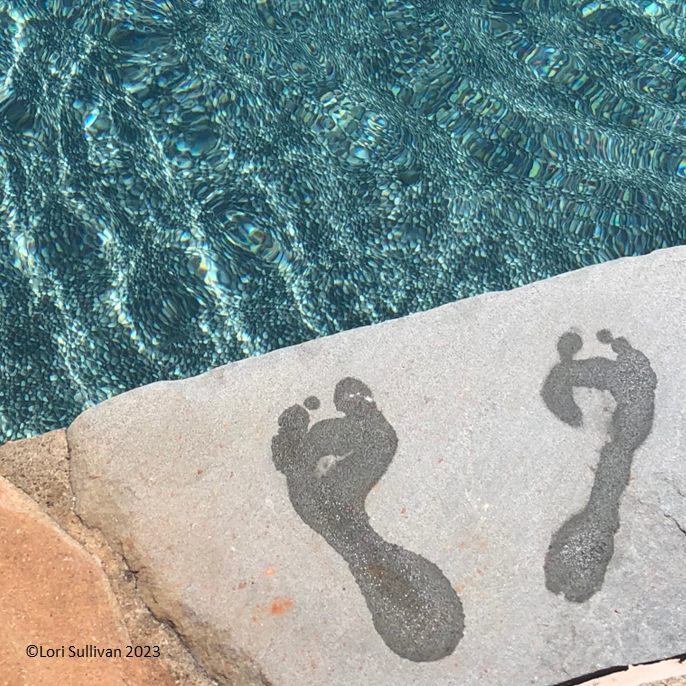
When we talk about sustainability, reducing our carbon footprint is a key goal. A carbon footprint is the measure of greenhouse gas emissions we release into the atmosphere. These gases drive climate change.
According to The Nature Conservancy, the average carbon footprint in the US is 16 tons per person. Compared to a global average closer to 4 tons per person, there is much room for improvement.
To reach global targets, the average needs to drop below 2 tons per person by 2050.
What Can We Do?
When looking at personal actions in our homes, five areas drive most of our impact.
Home Energy: The energy savings in our homes can come from small habits like turning off lights and washing laundry in cold water. Over time, larger investments can be made toward energy efficient appliances, better home insulation, and upgraded windows and doors.
Food: The impact of our food comes from what we buy as well as ensuring we don’t let food go to waste. Moving from a meat dominant diet to one that is vegetable dominant will have the most significant impact on our carbon footprint. Chicken & seafood are less carbon intensive than beef or pork. As we reduce meat consumption, paying attention to using the food we buy before it goes bad is important to reduce the impact of our food waste.
Transportation: The third action area is transportation. Reducing the number of flights we take each year is the most impactful action. Driving less and purchasing a more fuel-efficient vehicle also make a significant difference. In the summer months, we can consider walking or riding a bike instead of traveling by car or public transport.
Plastics: Reducing and eliminating single use plastics is another way to reduce our carbon emissions. These plastics pose many problems to the environment from the high level of emissions in their production to the waste challenges after use. Searching for alternatives in the products you buy makes a difference.
Responsible Consumption: The fifth area is an umbrella for all the items we bring into our homes. Considering if we really need the item, focusing on repair and reuse of what we already have, purchasing secondhand, and looking for companies who are focused on carbon neutrality when we purchase something new.
My Perspective
We aren’t going to jump in and make all these changes immediately. Choosing one area and diving in to learn more and make changes is a good way to begin. Over time, more areas, ideas, and changes will take place reducing our footprints day by day. Together we make a difference.
Your Turn
Do you know your carbon footprint? You can take a quiz here.
Which of the five areas above feels like the right place for you to start your journey?
What action can you take today to lessen your impact?
